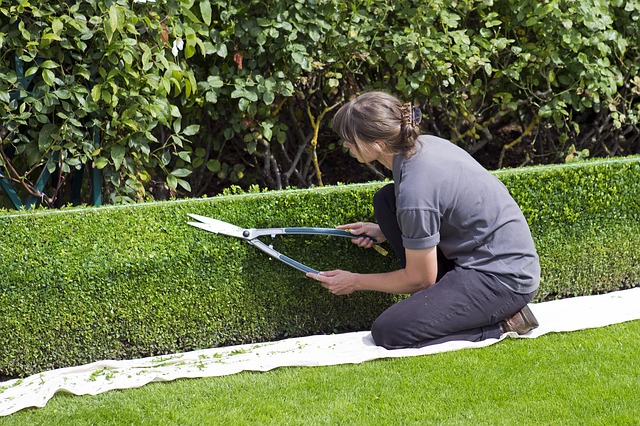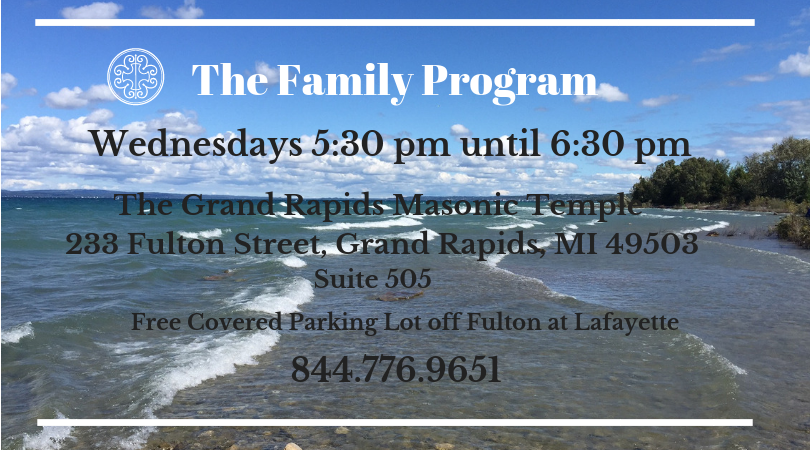Establishing Healthy Boundaries in Family Recovery

In this article we will look at how to establish healthy boundaries in family recovery. Over the past several weeks, my articles have been focused on elements behind the formation of healthy boundaries. But establishing healthy boundaries is essential to becoming effective in working with a loved one with a substance use disorder (SUD). Healthy boundaries are at the heart of any positive relationship in your life.
Internal and External Boundaries
We all have internal and external boundaries. Our internal boundaries drive our external boundaries. Our boundary system exists to protect us and give us a moving picture of who we are as individuals in this world. Boundary systems are based on limits and mark our starting and ending points in life’s interactions. We use our boundary systems everyday in any personal encounter.
Our internal boundaries are related to our thoughts, feelings and how we believe we should behave. They are specific and individual to each person. And internal boundaries involve self-regulation and self-discipline.
Our external boundaries are the implementation of our internal boundaries. These boundaries demonstrate to other people where we stop and others start. Because external boundaries are visible to others through our verbalization and behaviors.
In families where there is/has been active addiction, every member’s boundaries have become blurred. These boundaries require re-establishment to heal the family. And this applies to everyone in the family – those with SUDs and those who do not have SUDs. It is also one of the main reasons why support and aftercare following treatment is critical for the entire family, not just the member with SUDs. The formation of healthy boundaries is part of family recovery for everyone.
Establishing Healthy Boundaries …

Using healthy boundaries can be effective when attempting to motivate a family member into treatment. Healthy boundaries are also protective to the holder, reduce the likelihood of enabling behaviors, and challenge a progressing addiction.
Addiction can’t do much with a well-conceived boundary. Robin Barnett “Addict in the House”
We must become aware of our beliefs, thoughts, feelings and limits to understand our internal boundaries. When it comes to applying healthy internal boundaries to loved ones with SUDs, we must first understand that addiction is a brain disease. The behaviors and thoughts of people with SUDs have been impacted. We require accurate facts about addiction to inform our beliefs. And it is important to receive education and support when dealing with addiction in our families. Likewise, processing and challenging new information with support people is essential to change ingrained behavior.
Healing our Families
Over the past few months we have looked at enabling, controlling, and care-taking behaviors. They are all unproductive and ineffective when it comes to initiating healing in our families. These are also the behaviors and actions that serve to “blur” our family boundaries. It is important that we understand these old behaviors to begin to free ourselves. Then we can learn new behaviors that are supportive of recovery for everyone in the family.
Boundary setting is based on a person’s limits, tolerances, and individual beliefs and actions. They are not about what the other person can or cannot do. Boundaries are about you and what you will do in a specific situation.
In the book, Addict in the House, Robin Barnett discusses qualities of effective boundaries. They are:
Sustainable – you are capable of doing these behaviors
About you
Lightening your load
Helping you in tough moments
In effect once they are spoken
Alterable if necessary
The “Musts” of Setting Boundaries
Do not attempt to set boundaries without first sharing your choices with someone you trust, who has experience with family addiction. And this must be someone who is available to you before and after you have set your boundaries.
Only initiate the boundary discussion when you believe your loved one is not substance effected at the time.
Initiate the discussion only when you believe you can remain calm and direct. Boundaries must not be shared when you are angry or in crisis.
Never argue with your loved one about your boundary. And cease arguing about addictive behaviors all together..
When you are ready to set boundaries, deal with issues of safety and danger first. Set boundaries like, If I believe that you have been drinking, I will not ride in a car with you driving, Or, If I believe that you have been drinking to excess and you are driving, I will call the police. Or, I will no longer allow myself or anyone in our family to ride in the car with you when I believe you have been drinking.
Once you have set boundaries that relate to safety then move on to areas that are disturbing, hurtful, problematic or frustrating between you and your loved one. For many family members, these topics revolve around money, mealtimes, family activities, childcare and substance use in the family home.

Starting the conversation about boundaries requires finesse.
You might say, I’ve been thinking about our continuing conflicts and I’ve decided that I need to make some changes. I want you to know what I’m going to do. Following a similar statement, you can discuss your boundaries. Write notes to help keep your focus.
This is likely to be a difficult conversation to initiate. Because most family members are anxious about entering this type of discussion. So it’s a good idea to practice or share ideas with a support person beforehand. Most, if not all boundaries will be tested by loved ones with addictive disease. Remember, setting boundaries doesn’t mean the behavior of the other person will immediately change. It means you said what you would do in a given situation and you are prepared to follow through. Keeping close and regular contact with a therapist or other support system is key to boundary-setting and follow-through.
The Sanford Family Program

For the families of Sanford clients
At Sanford, our Family Program offers a 4-session series to educate family members on substance use disorders. The program also helps prepare them for the behavioral changes they need to initiate while their loved one is in treatment and beyond. And in 2020, we are implementing a weekly family member support group to encourage and assist family members to continue their change process. We will also continue to address subjects such as healthy boundaries in their relationships.
Click for Family Program Articles



